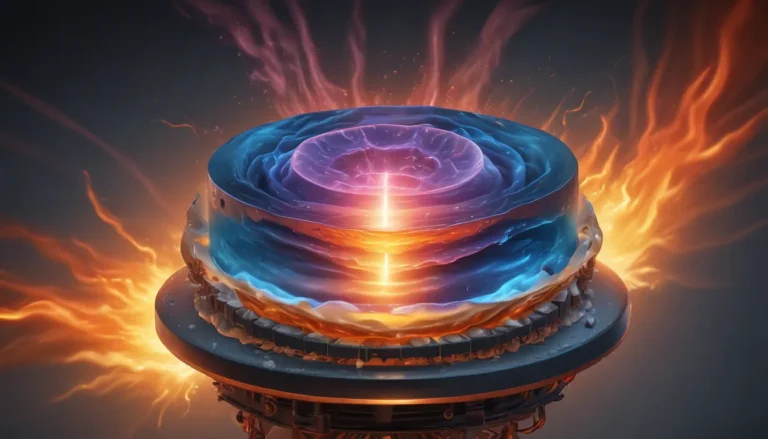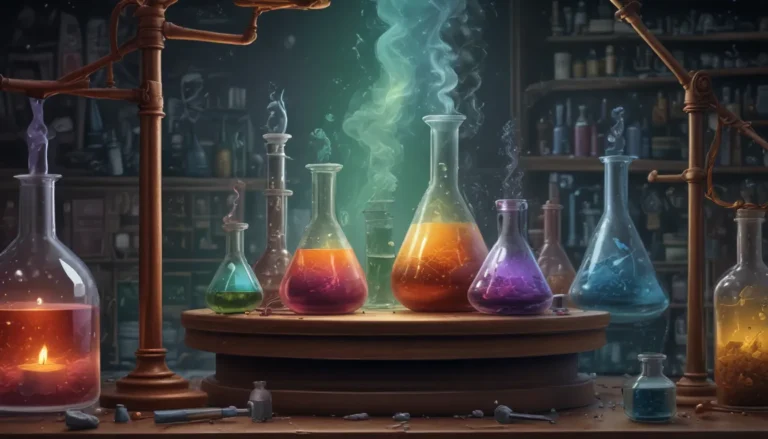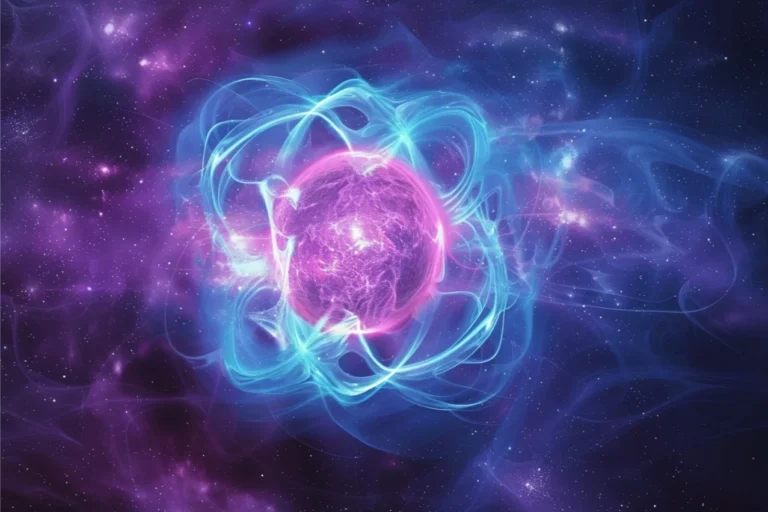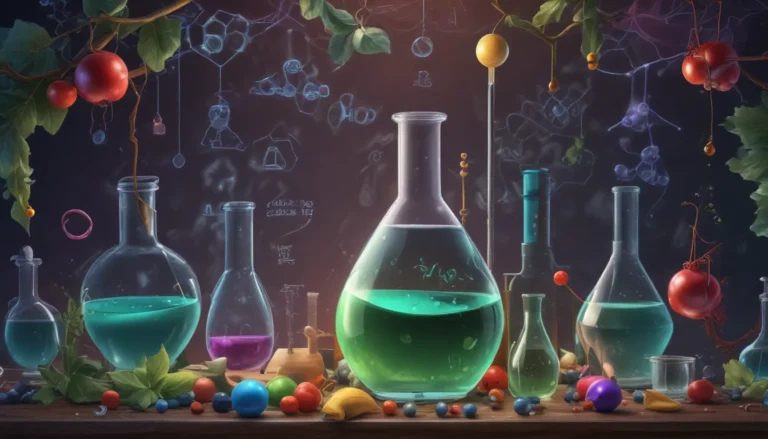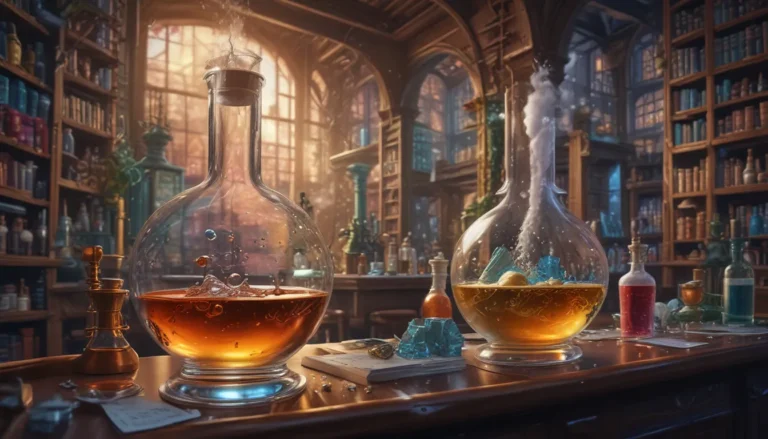A Note About Images: The images used in our articles are for illustration purposes only and may not exactly match the content. They are meant to engage readers, but the text should be relied upon for accurate information.
Welcome to the fascinating world of bronze, an alloy that has stood the test of time and continues to captivate and inspire. From its rich history to its modern-day applications, bronze has played a pivotal role in shaping human civilization. Join us as we delve into 19 intriguing facts about bronze, exploring its composition, significance, and versatility. Discover the enduring appeal of this remarkable material and gain a deeper appreciation for its cultural and artistic significance.
Unveiling the Composition of Bronze
Bronze is an alloy primarily composed of copper and tin, with the addition of other metals such as aluminum, manganese, nickel, or zinc. This unique combination gives bronze its distinctive properties and makes it suitable for a wide range of applications. From art and sculpture to industrial components and musical instruments, bronze’s versatility knows no bounds.
Embracing the Golden-Brown Hue of Bronze
One of the most defining characteristics of bronze is its distinct golden-brown hue, which has made it a popular choice for decorative and artistic purposes. The warm, lustrous appearance of bronze lends itself well to creating sculptures, medals, and architectural embellishments. Its ability to develop a natural patina over time adds to its aesthetic appeal, making it a timeless choice for artists and craftsmen.
Celebrating the Technological Advancements of the Bronze Age
The discovery of bronze marked a significant technological advancement in human history, ushering in the Bronze Age. This pivotal period revolutionized tool and weapon production, leading to improved agricultural practices, trade, and warfare capabilities. The durability and versatility of bronze surpassed that of other materials, shaping the course of human civilization.
Unveiling Iconic Creations Made of Bronze
From the iconic Statue of Liberty to the mesmerizing sound of bronze musical instruments, bronze has left its mark on the world of art and culture. The craftsmanship and artistry involved in creating bronze sculptures and instruments are a testament to the enduring appeal of this versatile material. Whether in the form of architectural elements or intricate bearings, bronze continues to inspire and awe audiences across the globe.
Bridging Past and Present with Bronze
Bronze’s legacy extends beyond its historical significance, finding relevance in modern-day applications such as aerospace technologies and electrical components. The adaptability of bronze, combined with its strength and corrosion resistance, makes it a valuable material in various industries. From aerospace hardware to architectural design, bronze continues to play a vital role in shaping our technological landscape.
Honoring Excellence with Bronze
Bronze has long been associated with honor and achievement, with prestigious awards, medals, and trophies often crafted from this enduring alloy. These accolades symbolize excellence in various fields and serve as lasting tributes to noteworthy accomplishments and contributions. The craftsmanship and artistry involved in creating bronze accolades highlight the timelessness and elegance of this remarkable material.
Conclusion: Embracing the Timeless Beauty of Bronze
In conclusion, bronze’s enduring legacy continues to inspire artists, engineers, and innovators around the world. As a material that bridges the ancient and modern, bronze symbolizes creativity, resilience, and the enduring human quest for discovery and expression. From its historical significance to its modern applications, bronze remains a versatile and enduring material that will likely continue to shape our world for many years to come.
FAQs About Bronze
- What is bronze? Bronze is a metal alloy primarily composed of copper and tin, with the addition of other elements such as aluminum, manganese, or nickel.
- What are the properties of bronze? Bronze exhibits properties such as strength, ductility, low friction, and resistance to corrosion, making it suitable for a wide range of applications.
- How is bronze used today? Bronze is used in the manufacturing of musical instruments, sculptures, medals, and architectural elements, as well as in electrical components and marine equipment.
- Is bronze toxic? Bronze itself is not considered toxic, but certain bronze alloys containing elements such as lead or beryllium can pose health risks if not handled properly.
- What is the history of bronze? The Bronze Age, characterized by the widespread use of bronze, marked a significant period in human history, revolutionizing tool and weapon production and contributing to cultural and technological advancements.
Delving into the captivating world of bronze reveals a material steeped in history yet relevant in modern applications. Whether admiring bronze sculptures or marveling at its role in aerospace technology, the allure of bronze transcends time and culture. Join us in celebrating the enduring beauty and versatility of bronze, a material that continues to inspire and enrich our lives.
Was this page helpful?
At sinteredmetalfilter.com, we are committed to delivering engaging and trustworthy content that educates and enlightens our readers. Each fact on our site is contributed by real users like you, ensuring a diverse range of insights and information. Our dedicated editors meticulously review each submission to maintain the highest standards of accuracy and reliability. Explore and learn with us, confident in our commitment to quality and authenticity.


